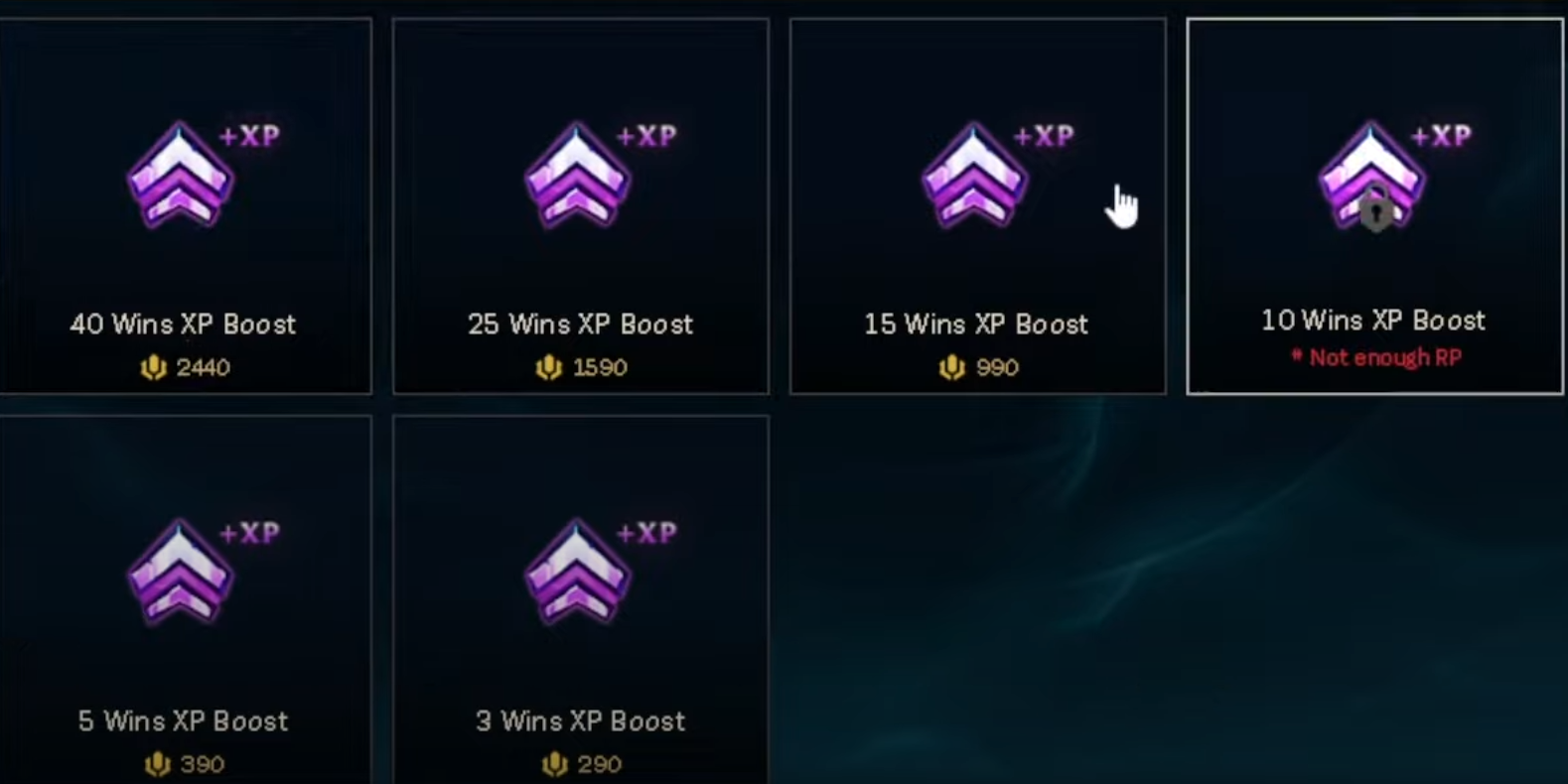High-level players often demonstrate a willingness to risk death that may seem counterintuitive to less experienced players. Let's explore why top players aren't afraid to die and how this approach can actually lead to strategic advantages.

Understanding the Purpose of Death
Experienced players recognize that death can serve a purpose beyond simply giving the enemy team gold. Here are some key reasons why high-level players are more comfortable with dying:
- Objective Control: Trading a death for a major objective like a tower or dragon can be highly advantageous.
- Wave Management: Dying to crash a minion wave under the enemy tower can deny them farm and experience.
- Creating Pressure: Drawing multiple enemies to one side of the map can free up teammates to secure objectives elsewhere.
- Resource Expenditure: Forcing the enemy team to use valuable cooldowns or summoner spells can be worth a death.
- Calculated Risks: High-level players are better at evaluating risk vs. reward, sometimes opting for aggressive plays that may result in death but have a high potential payoff.
Good Deaths vs. Bad Deaths
Not all deaths are created equal. A "good" death typically results in a net positive for your team, while a "bad" death provides little to no value. Examples of good deaths include:
- Dying to secure a double kill
- Sacrificing yourself to allow your team to take an important objective
- Trading your life as a support to save your high-value carry
Conversely, bad deaths might involve:
- Dying without purpose, giving free gold to the enemy
- Getting caught out of position with no strategic benefit
- Dying repeatedly to the same opponent, allowing them to snowball
Changing Your Playstyle
If you're looking to adopt a more strategic approach to risk-taking, consider the following tips:
- Before making a risky play, quickly assess the potential outcomes and decide if the risk is worth it.
- Learn from a pro! Check out our Duo Carry services and get the rank you want in no time.
- Coordinate your aggressive plays with your teammates to maximize their effectiveness.
- Watch streams or replays of top players and pay attention to when and why they take risks.
- Start incorporating more aggressive plays into your game, but always with a clear purpose in mind.
- Remember that kills and deaths are just one part of the larger game strategy. Pay attention to objectives, map control, and overall team advantages.

While maintaining a low death count can be beneficial, it's important to recognize that sometimes, a strategic death can lead to a greater advantage. High-level players understand this concept and aren't afraid to sacrifice themselves for the greater good of their team. By adopting a more nuanced view of risk and reward, you can elevate your gameplay and potentially achieve better overall results.


